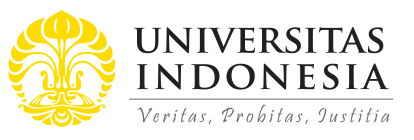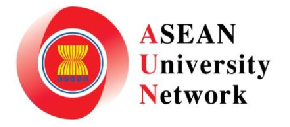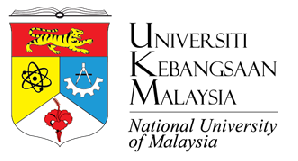
Abstract
This paperillustrates a program to plan a green patch of Ciliwung river landscape througha participatory process involving the community in Condet, East Jakarta. It isbelieved that native knowledge of the river and the riparian, which can only berevealed by the locals, becomes significant to understanding the dynamics ofthe place and to generating a masterplan. Through interviews, focus groupdiscussion and participatory mapping, their everyday experience in utilizingthe landscape can be recognized. Instead of concrete revetment and heightenedlevees along the river, native vegetation is identified and developed, as it isconsidered as key in restoring the ecosystem and generating programs on thelandscape. The landscape will display the natural process and at the same timeprovide a place for social and recreational activities. By utilizing the nativeknowledge of the people, the masterplan of the green patch becomes moreresponsive and fit to the ecological, cultural, and social research. Fosteringthe commitment and active role of the community in every phase of the planningturns into an important aspect to ensuring the implementation andsustainability of the program. This program will support the aim of thecommunity and will strengthen the identity of Condet as a site for ecology, andwill eventually support the conservation program in Ciliwung Condet.
References
Abd El Aziz, N. A. (2016). Water sensitive landscape, case study: Public open green spaces in Naser City, Egypt. Journal of Landscape Ecology.
Abdulkadir, M. (2018, July 25). Diskusi awal. (T. P., 2018, Interviewer)
Asun, S. (2018). (Rini, Interviewer)
Farr, D. (2008). Sustainable Urbanism - Urban Design with Nature. New Jersey: John Wiley & Sons.
Fletcher, T. D., & et. al. (2015). SUDS, LID, BMPs, WSUD and more - The evolution and application of terminology. Urban Water Journal, 525–542.
Gonzales, E., Sher, A. A., Tabacchi, E., Masip, A., & Poulin, M. (2015). Restoration of riparian vegetation: A global review of implementation and evaluation approaches in the international, peer-reviewed literature. Journal of Environmental Management, 85-94.
Herrington, S. (2017). Landscape Theory in Design. New York: Rooutledge.
Hester, R. T. (2006). Design for Ecological Democracy. Cambrige: MIT Press.
Kondolf, G., Boulton, A., O'Daniel, S., & Poole, G. (2006). Process-based ecological river restoration: Visualizing three-dimensional connectivity and dynamic vectors to recover lost linkages. Ecology and Society.
Livesey, G. (2015). Towards an ecology of the palladian villa. In M. Neveu, & N. Djavaherian, Architecture's Appeal - How theory informs architectural praxis (pp. 228-239). Oxon: Routledge.
Motloch, J. L. (2000). Introduction to Landscape Design . New Jersey: Wiley.
Padawangi, R., & Douglass, M. (2015). Water, water everywhere: Toward participatory solutions to chronic urban flooding in Jakarta. Pacific Affairs, 88(3), 517-550.
Palmer, M., Allan, J., Lake, P., & Alexander, G. (2005). Standards for ecologically successful river restoration. Journal of Applied Ecology, 42, 208–217.
Public Utilities Board Singapore. (2018). Active, Beautiful, Clean Water Design Guidelines. Singapore: PUB.
Sinha, S. (2012). Architecture for Rapid Change and Scarce Resources. Oxon: Routledge.
Tampi, D. M., Sumabrata, J., & Darmajanti, L. (2018). Environmental lovers group: a networking of Ciliwung Depok Community. Proceeding from the Friendly City 4 From Research to Implementation For Better Sustainability. IOP Conference Series: Earth and Environmental Science, 126.
Warner, C. (2015). Participatory Mapping: a literature review of community-based research and participatory planning.
Recommended Citation
Suryantini, Rini; Permata, Galavia; and Angelia, Dini Puti
(2018).
Planning green patch: towards an ecological place of Ciliwung Condet.
ASEAN Journal of Community Engagement, 2(2).
Available at: https://doi.org/10.7454/ajce.v2i2.138







